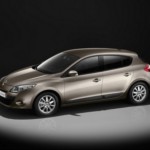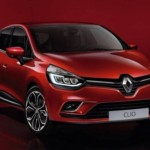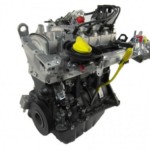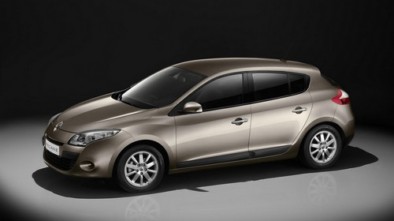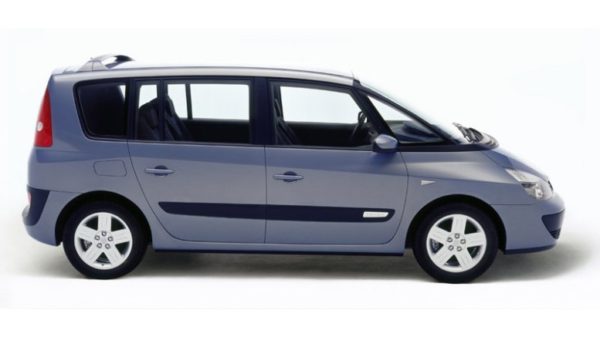Renault 4 1961 - 1996 - Model history
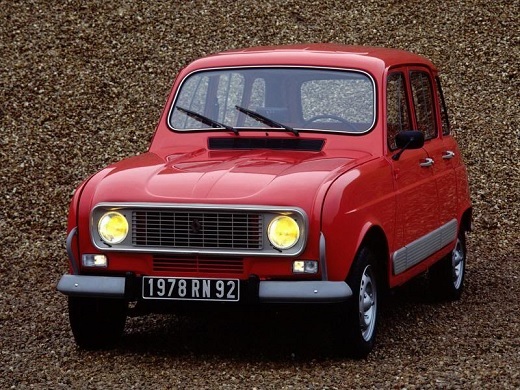
Renault 4
With a career that lasted as long as 31 years and in which period over eight million units were sold in 100 countries around the world, Renault 4 started a revolution in Europe for the so-called "baby boomers". a generation born during and after the Second World War, which was later followed by other vehicle manufacturers, which definitely deserves its place in history. Renault 4's career began in 1956 when the French vehicle manufacturer was looking for a way to replace the popular but rather outdated 4CV model. In production since 1946, the 4CV was the first French car to surpass the figure of one million units sold, but as the auto industry progressed at a rapid pace after the war, by the mid-1950s this car already looked outdated. This does not mean that the 4CV was a bad car - since its inception it has held the first position, even in addition to the significantly cheaper Citroen 2CV, and these two cars are today considered products that modernized the French car industry after the war. However, 4CV had one big problem, and that was related to space.
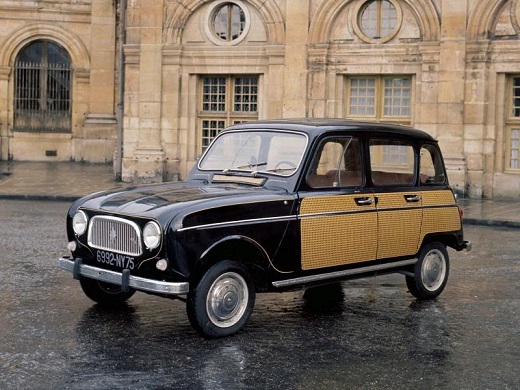
Renault 4
Namely, despite the solid dimensions, the Renault 4 had a rather small interior for the class and by the mid-1950s the 2CV had taken the lead in sales. Pierre Dreyfus, president of Renault, believed that the company needed a completely new product if it wanted to survive in the market. The original plan required a small two-cylinder, 450-cc engine to follow the 2CV formula, but Dreyfus knew that if he wanted to make a name for himself on the market, the company's new model should not only be as good as Citroen's rival but must be and better than him. The French car industry also changed greatly during the 1950s, "thanks" to new customer habits in the workplace. Namely, instead of the standard working time of eight hours a day and the annual vacation of two weeks, the French decided to reduce the working week to 35 hours and increase the annual vacation to four weeks during the summer.
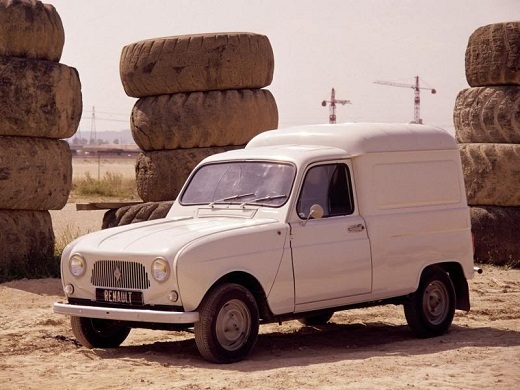
Renault 4
Although this plan was quite risky, the workers liked it very much, so they spent maximum time and productivity progressed to such an extent that by the mid-1950s, the working class was able to afford new cars to a much greater extent than ever before. . In such conditions, young buyers did not want cars that their parents drive, but products that are young and fun at heart, just like potential buyers. Dreyfus soon gathered a team of engineers and designers around him and told them he wanted a car that would be like "blue jeans." This meant that the car was supposed to be quite functional for many jobs, but again cheap enough that most customers could replace it without major changes. Its owners were also supposed to be, in addition to the already mentioned younger customers, also family people, farmers and finally - women. Development went on quite quickly, although engineers and designers could not agree on some details. The biggest unknown reigned at the expense of the engine, and the choice eventually fell on the air-cooled four-cylinder engine with front-wheel drive.
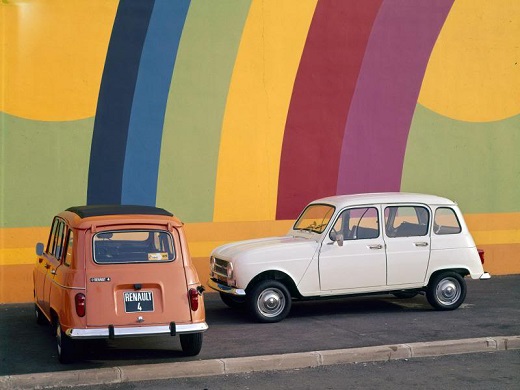
Renault 4
Renault has produced a total of 14 prototypes, which have been tested for as many as two million kilometers in the toughest conditions - from traditional roads in Europe, to frozen Siberia and finally the rainforests of South America until even the smallest problems are eliminated. The slightest unknown reigned at the expense of design, to whom Renault he did not give much attention. Research has shown that space and driving characteristics are more important to customers than design, so much attention has been paid to these details. Although quite a small car even to European standards, the Renault 4 was quite a spacious car with space for five passengers, and a special detail was given by the large trunk doors, which allowed easy access. As we mentioned, much attention was paid to the design, except that it had to be popular over the long term, modeled on blue jeans. The final design was somewhat reminiscent of the Renault Dauphine, but the four was significantly more practical. In the end, the name remained to be chosen, with early ideas being Domino and R4, before the team decided on another option.
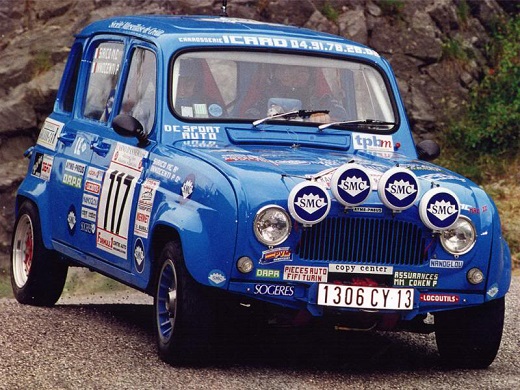
Renault 4
The Renault 4 was officially unveiled in 1961 at the Paris Motor Show and has attracted a lot of attention from the very beginning. In front of them was the first hatch car ever produced in a five-door version, and as planned, Renault offered a little for everyone. The offer started from the basic R3 model, with a 603 cc engine and 23 hp, then a slightly better equipped R4 with a 747 cc engine and 27 hp and finally a "luxury" R4L with an identical engine, but with 32 hp. Only one gearbox was an option, a three-speed manual, which transmitted power to the front wheels. Compared to previous Renault models, the four have brought several innovations, primarily in terms of design and front-wheel drive. The media had only words of praise and called the Renault 4 a "Swiss Army knife" thanks to its ability to conquer all terrains and attract customers of all ages. Although its starting price was just over 5,000 euros in today's currency, Renault wanted to advertise the car as much as possible to attract those customers who had a budget for a significantly more expensive car.
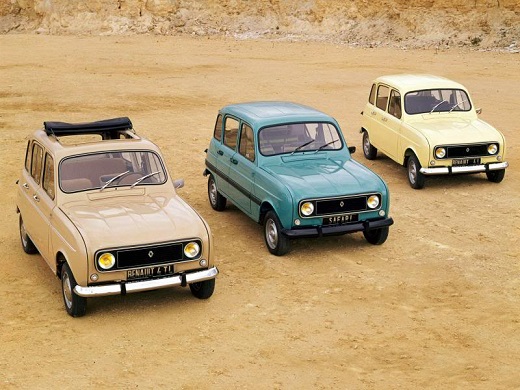
Renault 4
Specifically, the plan was for 200 Renault 4s to be driven in a column through many European cities, and all that interested and potential buyers had to do was wave their hand and the column would stop and the interested person would get the chance to drive the Renault 4. This marketing move proved to be very popular and over the first month over 15,000 copies found customers. For the year 1962, a small van was added to the line under the Fourgonette designation, and the same year began the racing history of the Renault 4. However, despite all efforts, the 4L ends up being the last in the Monte Carlo rally. Demand has continued to grow at a high rate of speed, despite France and Spain, production being expanded to the Republic of Ireland and Yugoslavia to meet the annual demand of 200,000 vehicles. As expected, most buyers were younger, but the low cost and high space meant that many farmers also enjoyed this car. Renault thought the four could become a fashion icon, and for this reason, it was the 4 Renault 1963 La Parisienne.
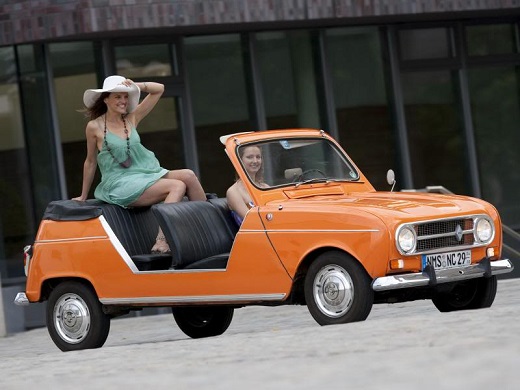
Renault 4
Intended exclusively for female drivers, this version is today among the rarest of all special models made in its long history. Renault was one of the first car companies to use women to advertise its products, and to show how simple the Renault 4 is for all driving conditions, four female drivers traveled the distance from the southernmost part of South America to the US state of Alaska - a stage over 10,000 kilometers. This meant not only that the foursome could be driven on all terrains but also that the mechanics were so simple that even an ordinary housewife could fix most of the problems. In 1967, Renault sold its millionth copy, and in the same year, the Renault 4 received its first design changes in the form of a slightly modified grille. By the late 1960s, the French vehicle manufacturer was moving to work on a successor, expecting that the design would soon begin to show the years and that customers would demand more modern products. In the late 1960s, the Renault 6 hit the market, sharing the platform and most of the mechanics with the four, but providing more powerful engines, better finish, and more standard and optional equipment.

Renault 4
However, contrary to expectations, the Renault 4 continued to sell well. Production was later transferred to Colombia, Mexico and Chile for the needs of South America, where this car was one of the leaders in sales. In the early 1970s, Renault launched the Model 5, as another possible successor to the four, but that in no way damaged sales, which still exceeded 200,000 vehicles a year. In 1977, five million copies were sold, and a year later, the first serial sports model with the GTL mark arrived on the market. With a borrowed 1.1L engine from Renault 6, the GTL increased power to a solid 46 hp, and also received a modified suspension and larger brakes. GTL, however, did not provide design changes compared to the rest of the offering to keep production costs low. In the late 1970s, Renault again tried to test itself in motorsport at the Paris-Dakar Rally, where the four finished in an excellent third position, and the production model received its latest design changes. In 1981, Renault began work on two new products (Project Z and Project X49), which, after 1984, were to replace the Renault 4, but the new economic crisis in the European market again attracts customers who want a simple and proven car.
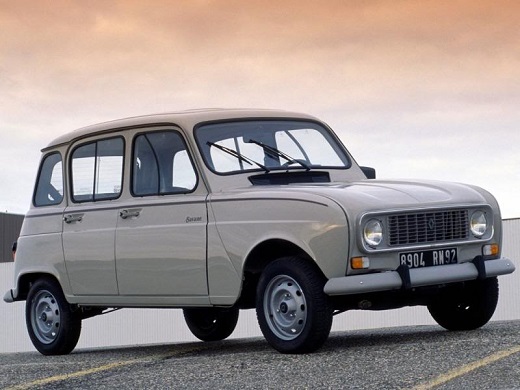
Renault 4
However, after 1986, Renault finally stopped production on the European market after 25 years without major changes, while the end in South America came six years later. The successor was canceled several times due to the severe financial crisis of the French manufacturer for years, but it finally debuted in 1992 in the form of the Twingo model. It is speculated that the four could still be popular in Europe, but new standards on safety measures and exhaust gases announce a well-deserved pension after as many as 31 years of production and about eight million copies sold. Although its production has stopped, its popularity is still at a high level. The Renault 4 can be seen in many movies, rallies and at classic car rallies. The latest stories also say that Renault is also planning a successor with a retro design, which would belong to the premium class of small city cars…
Author: Talladega
Pictures: Renault
Retrieved from: www.brzabrzina.com
Recommendation of similar texts:

Hi there, I am Mladen and I am an auto enthusiast. I started this blog years ago to help like minded people share information about latest cars, car servicing ideas, used car info, exotic cars, and auto technology. You will find helpful articles and videos on a wide variety of cars - Audi, Mercedes, Toyota, Porsche, Volvo, BMW and much more. Ping us if you have anything cool to share on latest cars or on how to make older cars more efficient, or just want to say hi!

